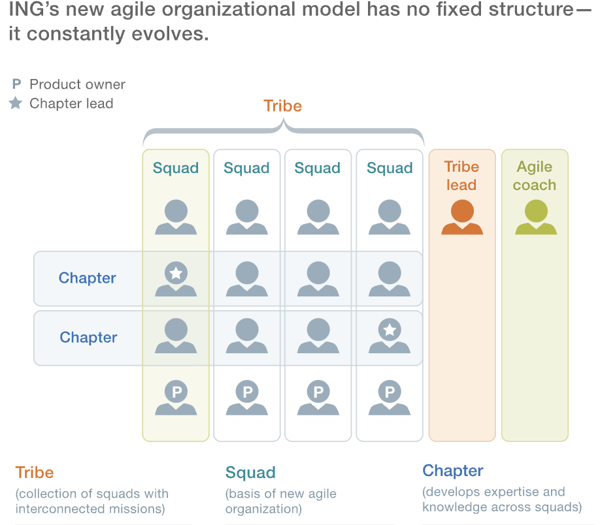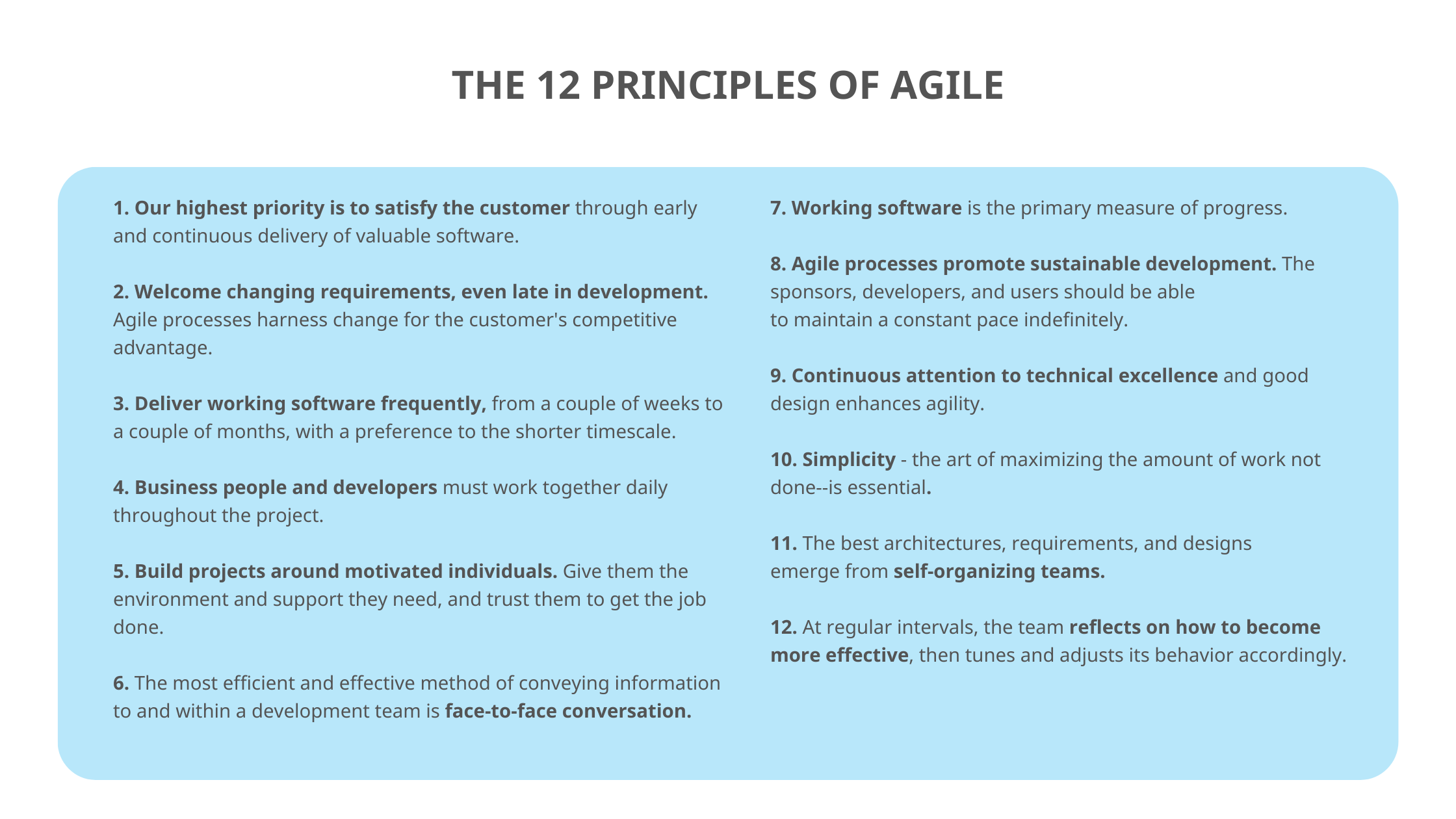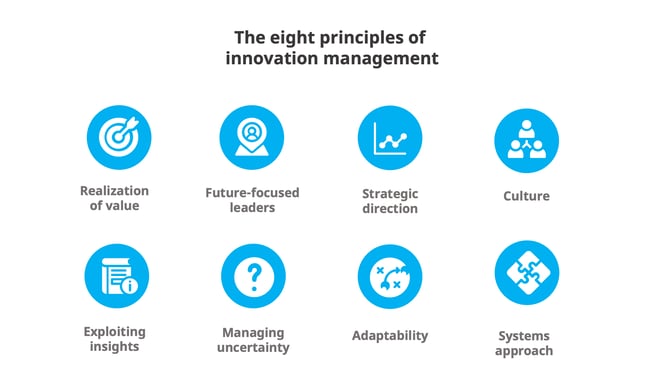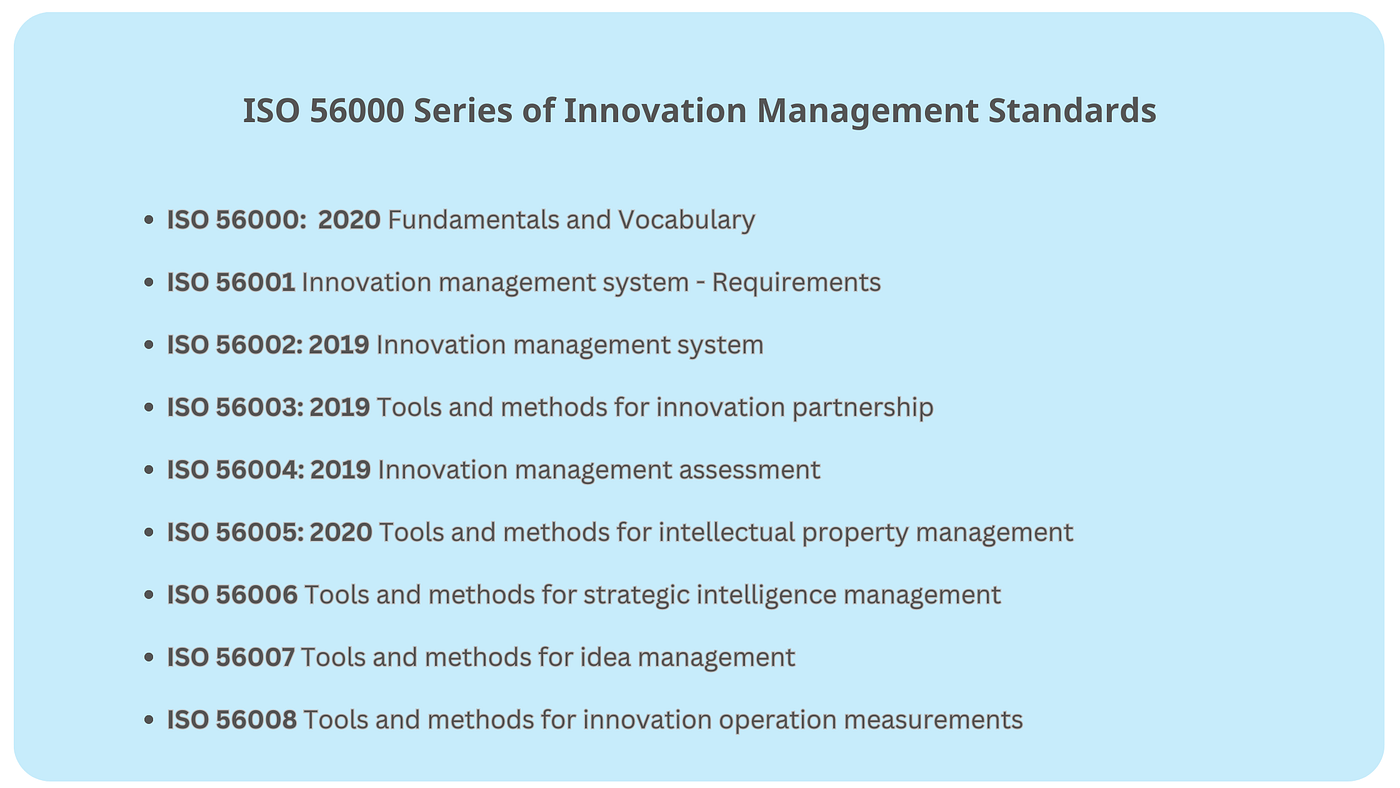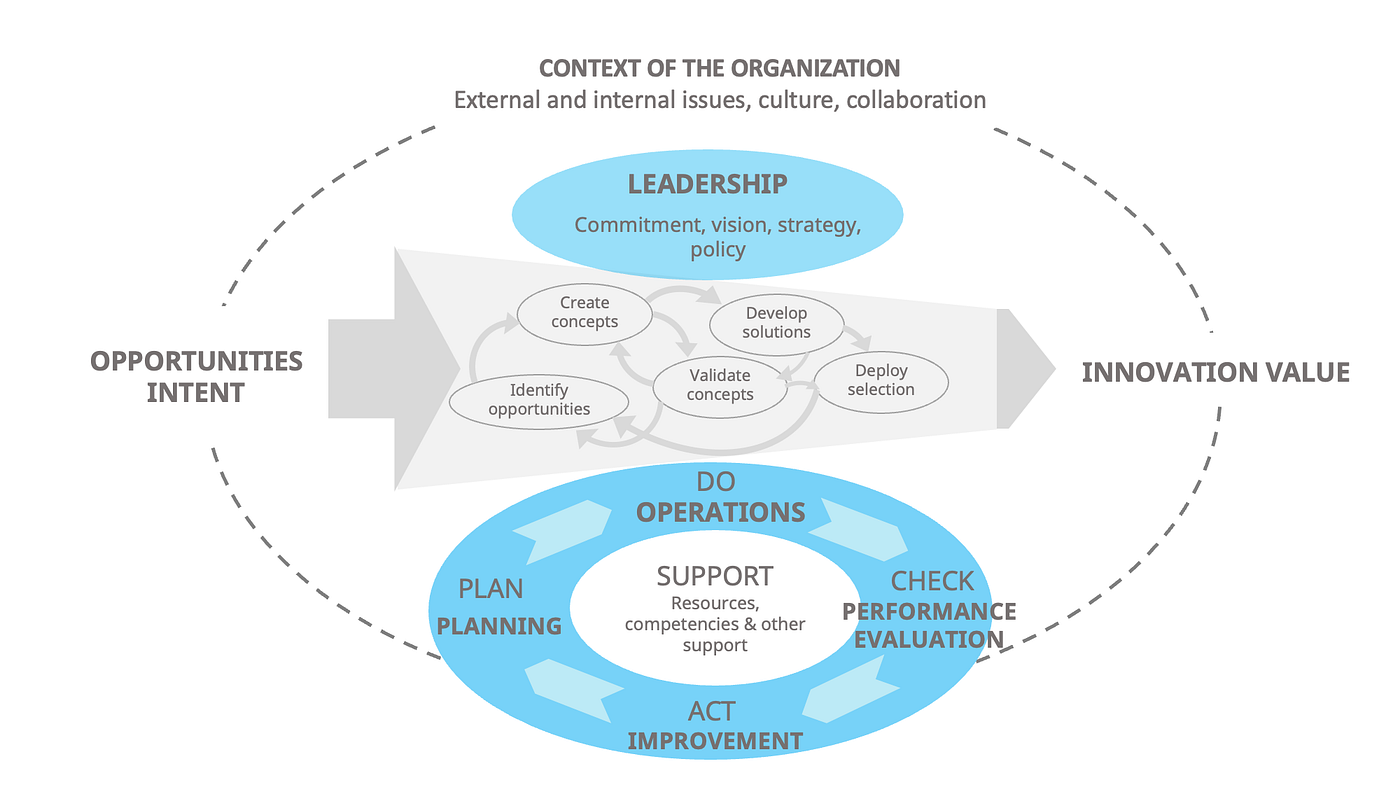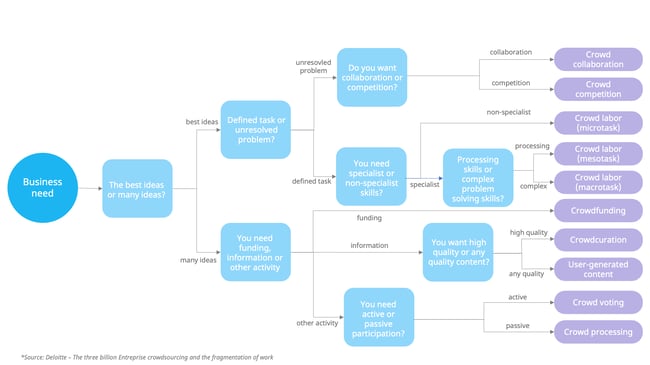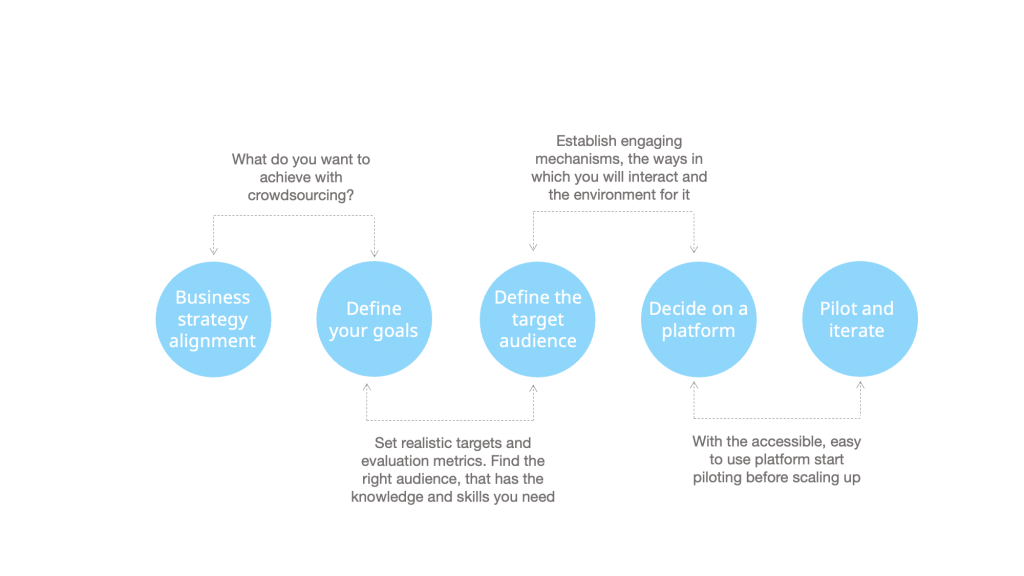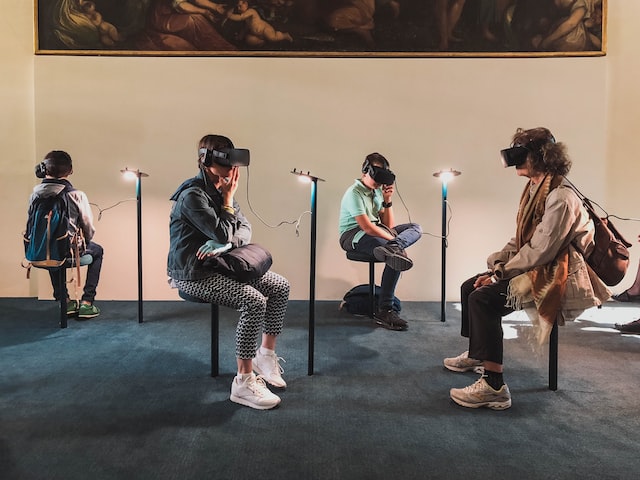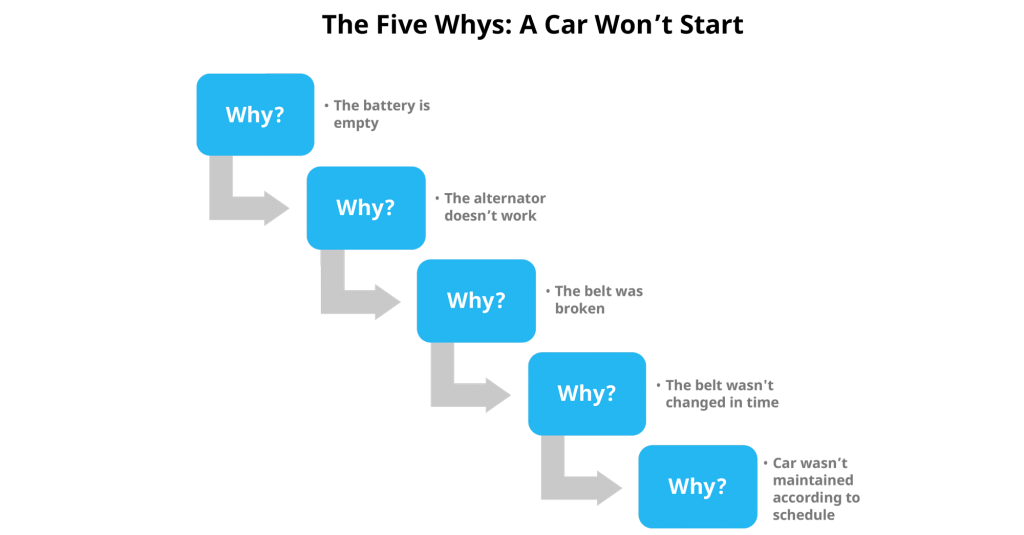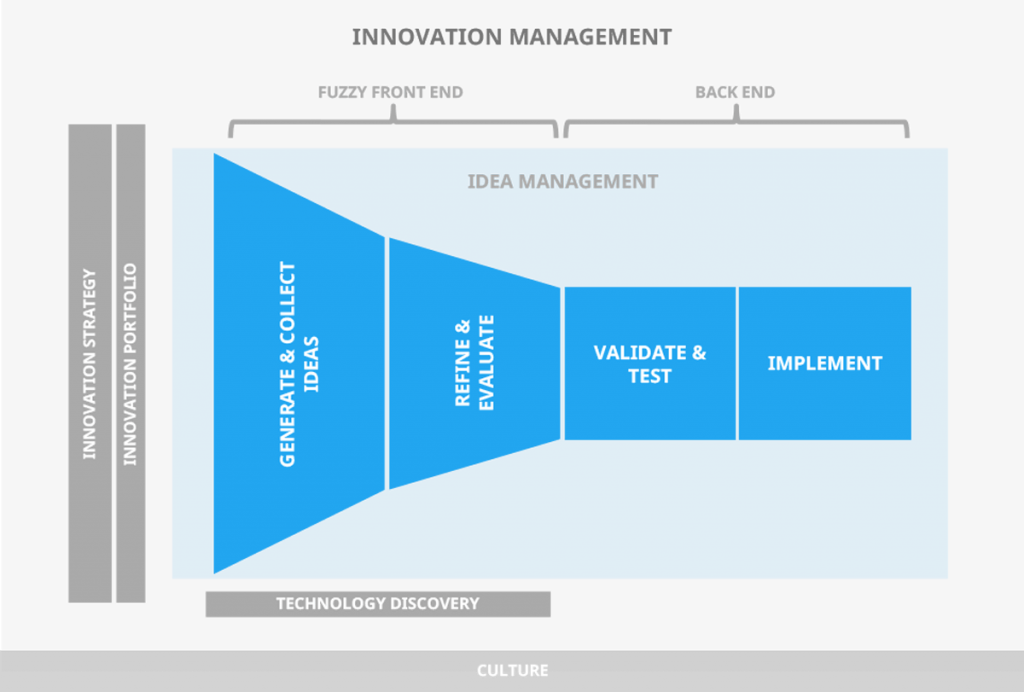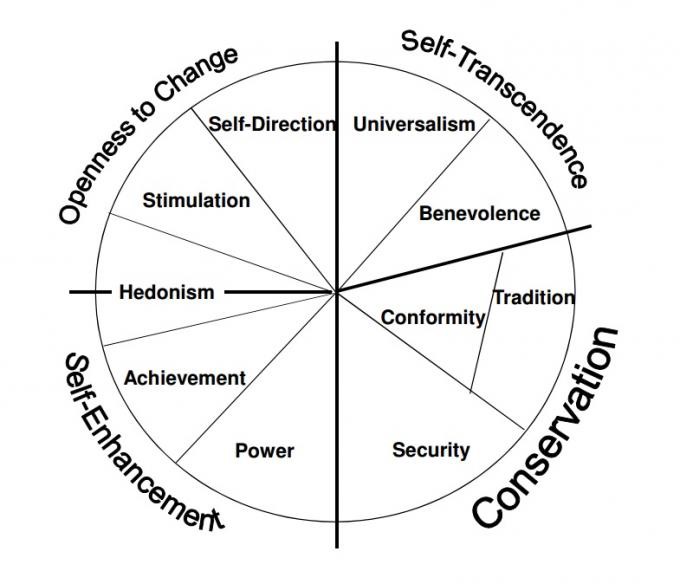How to Embrace Agile Leadership to Innovate at Speed

GUEST POST from Diana Porumboiu
In a world dominated by uncertainty, how can we prepare for the unpredictable and keep innovating in what seems like a highly chaotic environment?
We simply need to be faster in adapting to change and navigating uncertainty. Studies show that organizations that move faster achieve significantly better results across various metrics, including profitability, operational resilience, organizational health, and growth.
How to make sure your organization is fast enough? Innovation at speed is more relevant than ever, but someone must put the pedal to the metal. Typically, that someone has to be a leader, because in the face of unprecedented change, leaders are needed to get us through the transformation.
However, unless organizations rethink leadership, they won’t be able to innovate systematically. In this day and age, great leadership requires a different mindset and a new approach to drive innovation and keep pace with change. We call this agile leadership.
This article, the second in the series dedicated to Agile Innovation Management, explores the critical role of agile leadership in innovating at speed.
Discover the key challenges and misconceptions surrounding the topic and understand why many leaders struggle with it. We’ll also provide practical steps and examples that will hopefully inspire you to increase the agility of your organization.
From Old Leadership Models to Agile Leadership
Let’s begin by clarifying what we mean by agile leadership and its position in relation to established leadership models.
The history of leadership traces back to Frederick Winslow Taylor, American engineer renown for his methods aimed at enhancing efficiency and productivity. Innovative at his time for shaping industrial management, his legacy still lives on today.
Unfortunately, his methods are not adapted for this century. Despite this, many leaders and managers still adhere to “Taylorism”, a top-down approach where leaders make the decisions and plans, and employees are tasked with executing them.
This model conflicts with the flexible and adaptable mindset required for agility. The gap between employees and Taylorist leaders trying to implement agile practices often leads to frustration and inefficiency.
Even if they introduce squads and sprints, Taylorists maintain a top-down approach, telling people what to do and how.
For successful agile transformations, you need to move away from rigid, outdated models. As we saw in the ING examplepresented in the “Guide to Business Agility” article, simply copying other companies without suitable leadership will not produce the desired outcomes. Therefore, fundamental change is needed.
True agile leadership allows for rapid decision making, resilience, adaptability and innovation. It requires leaders to embrace new ideas, offer clear direction without micromanaging, and create a culture that supports speed and innovation.
Agile leadership is about rapid decision making, resilience, adaptability and innovation.
It’s also important to remember that managers and leaders are not the same. Leadership goes beyond overseeing a group and delivering desired outcomes.
As Seth Godin stated in his “Leadership vs Management” speech, “managers do things right, leaders do the right things”.
While it would be ideal for all managers to cultivate leadership skills, the reality is that their primary focus is on increasing efficiency and productivity within their domains, often overlooking the broader picture. Such skills are essential in leading people, lifting them up and empowering them to become agile, innovative problem solvers.
Despite the progress of AI and technology automating mundane tasks, we still need leaders capable of making decisions that address both present and future challenges. Effective agile leaders should be able to navigate failure and complexities, and map a way to move forward.
To succeed, we need to hone in on critical thinking and those often overlooked “soft skills” like navigating tough conversations, giving and receiving feedback, and showing empathy. No matter where you fall on the org chart, mastering these skills can be the game-changer between just getting by and achieving excellence.
While agile leadership might not be about the “Agile” way, being familiar with the agile values and principles can be useful on a practical level.
For example, the authors of Doing Agile Right help leadership teams shift to agile methods by tailoring the Agile Manifesto’s core values to fit their unique situations. It’s about adapting and making it work for you.

To give another example, think of the principle of self-organizing teams. It’s important to know how to build self-organizing teams that thrive, collaborate and continuously learn from each other through continuous feedback and transparent communication.
We’ve seen this time and again in how teams use Viima to collaborate on their ideas, assess, prioritize and develop those that have been discussed openly. We noticed that most successful projects created using Viima have strong leadership too.
But moving away from the practical details to the bigger picture, how much can leaders influence the speed of innovation at an organizational level?
Can Agile Leadership Drive Innovation?
We established in The Guide to Agile Innovation Management that agility enables innovation by embracing experimentation and learning, implementing adaptive planning processes, emphasizing cross-functional collaboration and bringing together diverse perspectives and expertise.
All these elements would not be possible without the guidance of a great leader. So how can a good agile leader unlock innovation in an organization?
Adapting fast by building trust
Agility in leadership is about adapting to changing environments quickly, often under the pressure of performance.
However, this can have negative consequences. The Work Trend Index from Microsoft surveyed over 20,000 people across 11 countries and found that half of them reported experiencing burnout. Although 83% of employees claimed to be productive, only 12% of leaders felt confident their teams were genuinely productive.
To build trust and participation in feedback systems, leaders should regularly share what they’re hearing, how they’re responding, and why. — Work Trend Index 2022
As a leader, offering support and trust can help balance the pressure of performance. Including people in the organization’s narrative and showing them where they fit in helps build trust and provides a sense of purpose.
This sense of purpose encourages people to commit, learn, grow, improve, and innovate. Which brings us to the next point: agile leadership nurtures not only the ability but also the willingness of people to innovate.
Speed requires commitment
Many large firms still rely on outdated “industrial-era management” models. These models focus on hierarchical organizational charts, emphasizing static reporting relationships.
In such environments, it can be extremely difficult for ideas and initiatives to navigate through the many layers of hierarchy and reach the right decision-makers. If they do make it through, the process takes so long that the opportunity may be lost by the time an idea reaches approval.
This approach can lead to a culture with limited transparency and collaboration across teams and departments, along with an attitude of “every man for himself.”
It’s no surprise that over 70% of workforce is disengaged or quietly quitting, which significantly stifles an organization’s ability to innovate. When employees lack motivation, everything slows down. But when there is a sense of ownership and pride, there is higher commitment.
An agile leader fosters a sense of community and nurtures people’s commitment and dedication. This leads to speed and adaptability.
While the right mindset is crucial, using the right tools can also help build trust and promote collaboration. Many leaders use Viima to create processes that enhance idea sharing at all levels, collaboration and trust. They can provide feedback and follow up on people’s ideas in a timely manner, while employees can see the progress of their ideas.
But to reach this level, it’s important to understand the behavioral changes needed. In the next section, we’ll dive into practical tips on how to adapt your mindset by examining leaders who have successfully guided their organizations to thrive and innovate.
How to Be an Agile Leader
How can you become a great leader who adapts to change and guides others into the future? To provide some practical examples, I turned to Collective Genius: The Art and Practice of Leading Innovation by Linda Hill, Greg Brandeau, Emily Truelove, and Kent Lineback.
The authors conducted a decade-long research study of 24 leaders across different organizations and industries. They offer valuable insights into how exceptional leaders cultivate environments that foster collective creativity, collaboration, and experimentation.
In a nutshell, the authors describe the ABC of leadership which drives innovation and makes the shift from “vertical ideology of control” to “horizontal ideology of enablement”.
Their research has identified that to lead an organization that innovates at scale with speed, you need leaders that fill in three different functions:
- the Architect — to build the culture and capabilities necessary to collaborate, experiment and work.
- the Bridger — to create the bridge between the outside and the inside of the organization by bringing together skills and tools to innovate at speed.
- the Catalyst — to accelerate co-creation through the entire ecosystem.
The Architect: Create the right environment
The paradox of business agility is that it takes time to build the capabilities needed for fast response and adaptability. Even if you want to move quickly and encourage others to do the same, you can’t force change.
Achieving agility requires a different mindset — letting go of some control that conventional leadership often demands. This is perhaps the most challenging aspect for many leaders who believe their power lies in maintaining control.
However, as an agile leader, you must recognize existing interdependencies. You rely on employees’ willingness, commitment, and ability to drive progress. Your success depends heavily on others, which is why it’s crucial to create an environment where people can ideate, create, and execute. As we will see in the next chapter, agile leadership involves balancing relinquishing control with providing enough direction and guidance to prevent chaos.
Many elements are at play here, but one of the most innovative animation studios, Pixar, offers a clear example. They created the first feature-length computer-animated film, Toy Story. What’s remarkable about Pixar is that every film they released after Toy Story became an instant commercial success.
Ed Catmull, co-founder of Pixar, is a mastermind of innovation and a pioneer in technology and storytelling. His legacy offers numerous inspiring lessons for leaders, but here are some key points on how he and other company leaders fostered an environment where innovation thrives.
Pixar’s culture is built on two essential elements: diversity and conflict.
- Diversity
In this context, diversity means intellectual diversity — bringing together people with different perspectives, skills, working styles, and problem-solving approaches.
At Pixar, three different worlds converged: creative, technical, and business. People from all areas were treated as peers, and all perspectives were valued equally. Among visual artists and tech people, you could also find cultural anthropologists, music producers, and even a professional cheerleader.
When different views come together, great ideas, solutions, and innovations can emerge. But inevitably, disagreements and conflict can also arise.
- Conflict
Conflict is something many leaders fear and seek to minimize. When conflict becomes destructive, personal, or a battle for who is right and who is wrong, nobody wins. However, at Pixar, feedback is honest and direct. Sometimes even brutal. But the aim is to improve things and find the best solution.
A confrontation becomes a debate in search of a better solution that serves everyone’s goals. Those who receive and provide feedback should always keep this in mind.
Naturally, this is not always achievable, and tempers can flare quickly under pressure, frustration or when passionate people clash. When conflict turns into a fight to win an argument, you should intervene, remind people of the greater purpose, and bring them back on track.
As a leader, community building should also be on your radar. Foster a strong sense of “we” and psychological safety. This encourages people to stand up for their ideas and pursue the solutions they believe are best for the greater good.
This is what contributed to Pixar’s continued innovation. As a leader, Ed Catmull realized early on the critical role of leadership in creating the context for innovation.
I realized the most exciting thing I had ever done was to help create the unique environment that allowed that film (Toy Story) to be made. My new goal became … to build a studio that had the depth, robustness, and will to keep searching for the hard truths that preserve the confluence of forces necessary to create magic.
The Bridger: Decentralize decision making
Decentralized decision-making is key to breaking down silos and eliminating bottlenecks, enabling faster experimentation, learning, and improvement. Although this approach is increasingly popular and recommended for driving innovation, many struggle with its implementation.
Decentralization demands strong leadership that empowers teams to drive progress, avoids micromanagement, and provides the right support while removing barriers and building innovation capabilities.
For teams to collaborate effectively, they need a leader who plays a central role — not to manage decisions, but to facilitate innovation.
Take the example of Volkswagen. In 2010, Luca De Meo was the CMO for VW, a group of nine brands, helping the organization achieve its goal of becoming a leading car manufacturer.
VW’s marketing decisions were decentralized, with local marketing teams independently creating and implementing their own strategies based on general guidelines from headquarters.
However, this approach led to a lack of communication and collaboration among marketing teams worldwide. Marketing spoke with different voices in each market, lacked alignment, and had no clear strategic role within the organization.
To build mutual trust and respect De Meo organized a two-day design lab where he brought together over seventy people to collaborate, ideate and work together to build a global brand. Of course, a one-time brainstorming workshop is not enough, so this became a recurrent event. Each gathering had different goals or action points on which diverse teams had to work together, bring their own experience and expertise to the table.
He also took a new approach in handling launches by creating a cross-functional team that brought together fresh perspective from young employees in marketing or other fields. He created a small team and gave them a free hand to come up with an integrated marketing strategy for the launch of a new city car model.
De Meo did not interfere and did not tell them how to go about it. Instead, he encouraged them to work as intrapreneurs within the larger organization. He set high expectations and tried to nudge them in the right direction when needed. Most importantly, he encouraged them to take risks and allowed them to make mistakes. The agile way.
A very important thing to highlight from this story is that De Meo made sure that minority voices were heard. In setups with a conventional approach to leadership, the loudest (or more experienced) voices usually get their ideas across. This means that many opportunities can be missed.
Long story short, leadership created the environment for people to innovate and removed barriers and enabled people to move faster. The efforts paid off and VW grew both as a recognized brand and in financial results.
The Catalyst: Grow capabilities of everyone around you
Visionary leaders made history, but if we take a closer look, it was not all about vision. It’s not enough to have a vision and expect others to follow you. You also need to set direction on how to get there, not just by dictating but by unleashing and amplifying people’s own capabilities, talents, passion and strengths that are useful for the bigger goal.
In our latest conversation in The Innovation Room podcast, we had the great pleasure of talking to John Bessant, an innovation veteran. From his vast experience he shared a few examples of how innovation leaders focused on facilitating conversations and debates to lead people to the future.
Such leaders can cultivate agility, and what is called dynamic capability: the ability to integrate, build and reconfigure internal and external competences to address rapidly changing environments.
To illustrate dynamic capability, Bessant gives the example of Procter and Gamble. P&G made a major change after 150 years of excelling in R&D and market research. They switched to a model they called “Connect and Develop” — their open innovation approach — well ahead of the open innovation trend. This shift involved a significant change in mindset and took them 20 years to get through it. They stepped back, reassessed, and adapted to the changing world.
This is a summary of their achievements, but reaching such results required an internal shift in culture. P&G needed to get everyone on board with open innovation, not just to embrace external ideas, but internal ones too. Early on, they recognized this model as essential for adapting to future challenges.
P&G leadership understood the critical role of employees in driving these changes. The new approach required employees to be more agile and flexible, to develop skills like curiosity, collaboration, and connectedness.
They worked to support employees who were inclined to control more, were insecure, or were resistant to sharing and opening up. P&G set new challenges and increased the complexity of some tasks to push employees’ capabilities. They ensured that employees worked across the business in different markets. As employees gained experience in different areas and improved at identifying and solving problems, their mindsets began to evolve.
Cultivating an innovative mindset is a process that takes time and a structured, intentional approach.
These are just a few examples, and although summarizing them may make it sound simple, each of these leaders struggled in their journey to achieve the desired outcomes.
Excellent agile leadership is challenging, but it doesn’t have to be an all-or-nothing approach. Let’s explore these challenges in more detail to help you assess what you can realistically implement in your own leadership role.
Challenges and Limitations of Agile Leadership
Being a great leader is never easy and being an agile one — navigating through uncertainty — is even tougher. Whether you call it agile leadership or not, your role as a leader is to create spaces for your teams to adapt quickly and steer the organization toward future success.
Let’s see what are some of these challenges and how you can address them by leading with agility.
1. Providing a sense of certainty in an uncertain environment
Certainty is an emotional state that can influence how we perceive our work environment. While you can’t control uncertainty, you can manage the fear of the unknown by being transparent. The least transparent environments often breed anxiety, rumors and speculations.
Remember: Share the big picture with your team, and don’t shy away from the truth. Provide updates on ongoing projects, successes, and setbacks. This way you build trust and foster a sense of purpose. Balance transparency with discretion — too much detail can overwhelm people, but too little breeds suspicion.
2. Managing the chaos
You want your team to take initiative and explore new ideas, but a lack of guidance can cause confusion and inefficiency. I’ve seen leaders struggle with this balance, either micromanaging their teams or stepping back too far.
Remember: Define clear ground rules and processes to guide your team. Support people to innovate within a framework that provides structure. Encourage ideas to surface and provide top-down guidance to turn them into actionable innovations.
3. Adapting to a new leadership model
Embracing agile leadership requires stepping out of your comfort zone and taking others with you. It demands discipline and a low tolerance for incompetence, with a focus on striving for excellence.
Remember: Encourage a disciplined approach to experimentation and ensure that failures lead to valuable lessons rather than wasted efforts. Candid feedback should flow both ways. Both leaders and employees should be open to having their ideas challenged. Embracing this kind of culture fosters growth and adaptability, but it also demands discipline and high standards to strive for excellence, as mediocrity thrives in comfort zones.
Conclusion
Whether you’re a leader or aspiring to be one, it’s important to recognize that perfection in leadership doesn’t exist — everyone has their own shortcomings and challenges. While we should empathize with these struggles, we must also hold leaders accountable.
Today, speed is a crucial competitive advantage, often going hand in hand with scale. Agility at the team level alone may not be enough; you need speed and scale in innovation to drive meaningful change.
Achieving this requires responsible and committed leadership that understands the need for both rapid and large-scale innovation. As you navigate your leadership journey, strive to lead with accountability, adaptability, and a focus on accelerating innovation.
Article originally published on viima.com/blog
Image credits: Unsplash
![]() Sign up here to join 17,000+ leaders getting Human-Centered Change & Innovation Weekly delivered to their inbox every week.
Sign up here to join 17,000+ leaders getting Human-Centered Change & Innovation Weekly delivered to their inbox every week.



